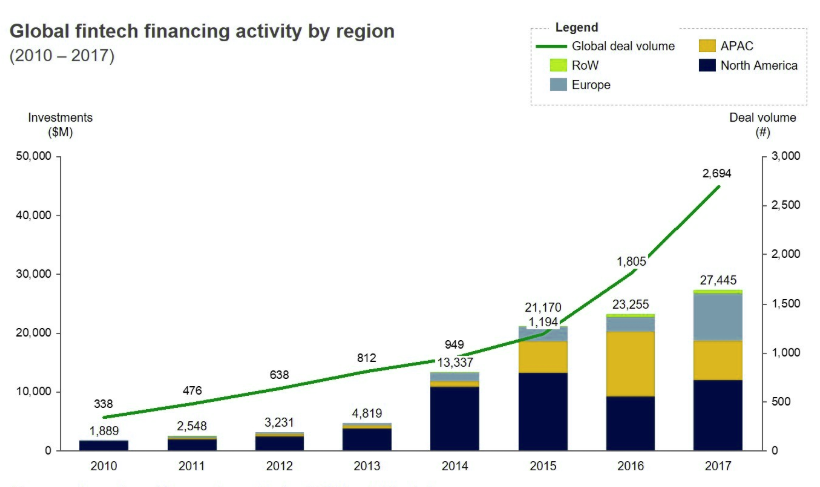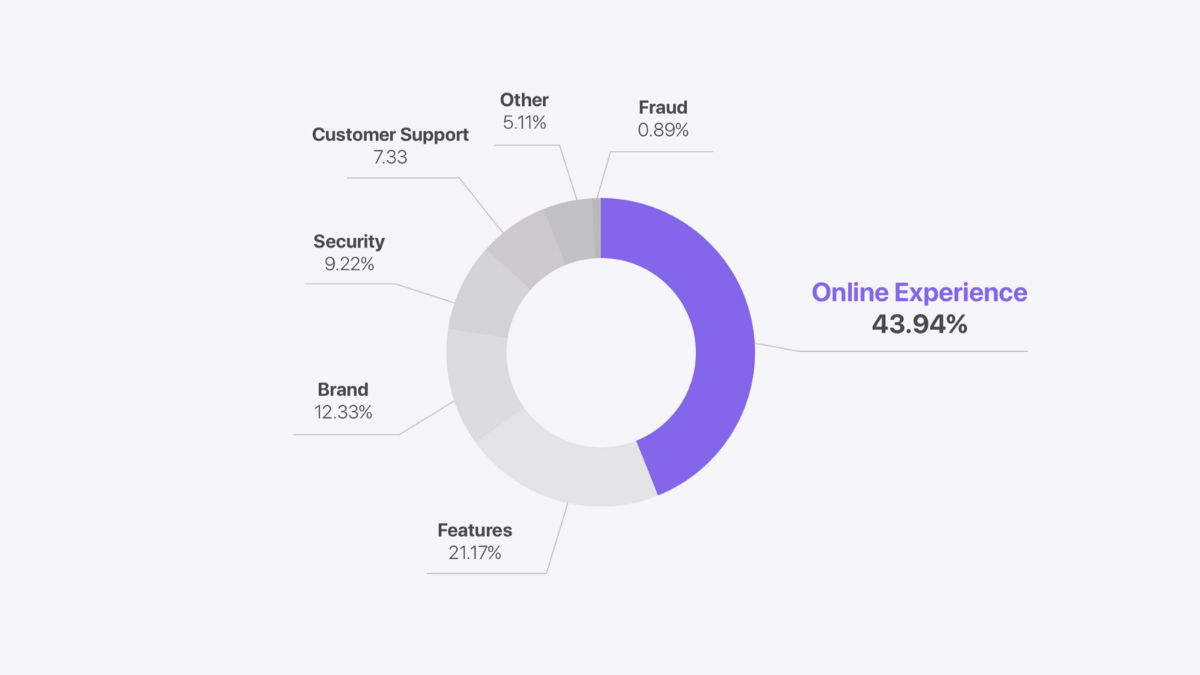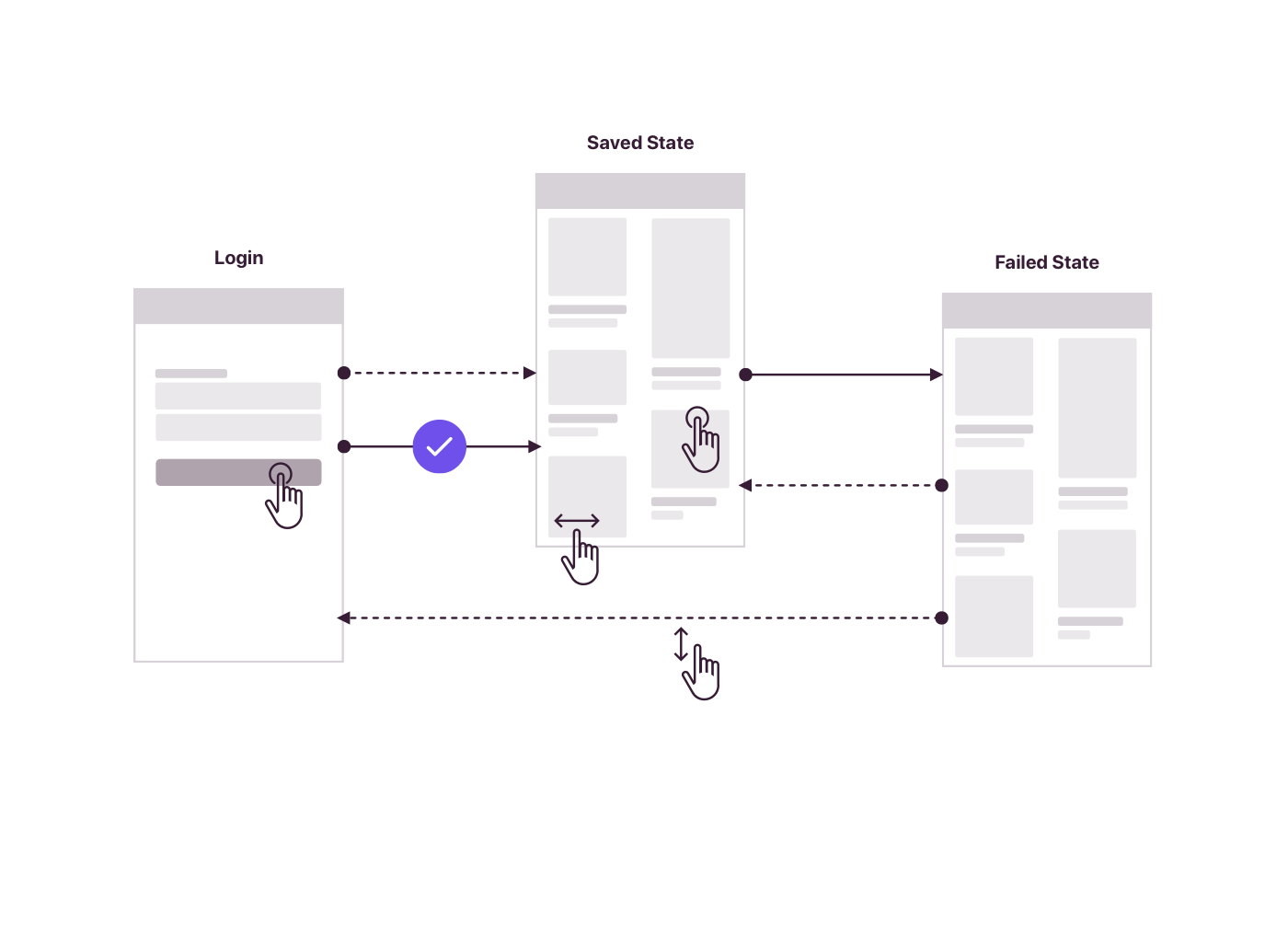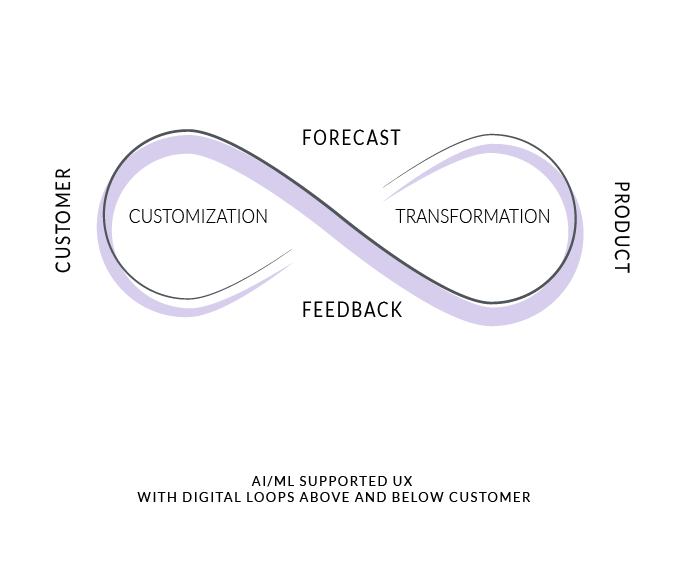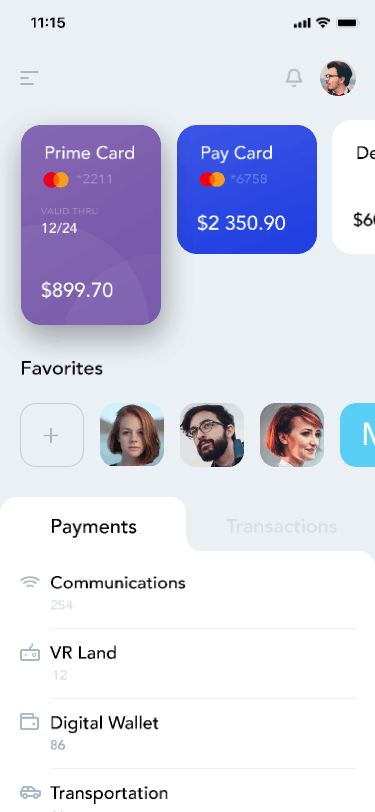Overview of UX strategies and solutions across projects
TASKS
Research, opportunity mapping, UX architecture, rapid prototyping, strategic design, brand design and placement, responsive web and mobile product development, machine learning.
78
Expect tailored solutions
76
Want a self-directed experience
76
Monitor and evaluate vendor performance
40
Consumer trust in banks
65
Consumer trust in Tech companies
79
Expense managers
73
Personal Finance
61
Payments
45
Banks
RESULTS
Providing continuous sustainable experience across products and markets facilitates trust and loyalty resulting in growing usage and adoption: the elements critical to the success of financial services in a super-fluid marketplace.
This is why achieving quality experience through innovation means also innovating the success metric itself. According to Satya Nadella CEO of Microsoft: “Revenue is a lagging…, usage is a leading indicator”.
In this respect, HEART (Happiness, Engagement, Adoption Retention, Task Success) framework helps maintain product health, while having KPI plugged directly into UX strategy ensures that revenue will follow the usage.
118
Customer satisfaction
64
Usage Increase
82
Adoption Increase
45
Readiness to switch decrease


